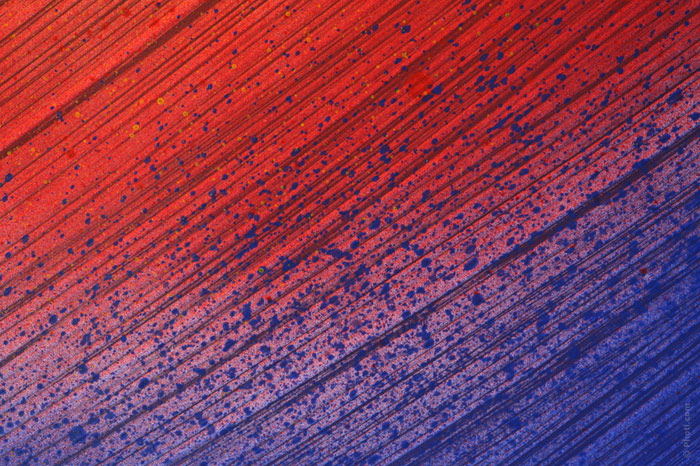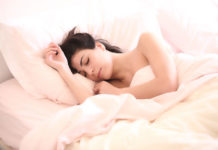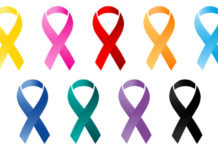
My house is my fortress. Probably everyone thinks so. Your house seems to be the most comfortable and safest place in the whole world. In fact, that’s true. However, to be truly on the safe side, it is not enough to have locks and an iron door. You also need cleanliness and order. After all, you are probably not even aware of these 8 things in the house that can quietly harm your health.
Since early childhood, we have been told that cleanliness is the basis of health. That’s right. However, hand washing and hot showers are not enough. Your home has to be clean. After all, if you don’t clean up regularly, even these harmless items can cause unpleasant symptoms and health deterioration. So let’s bring our home in order and do something with such things as:
1. Bed linen

Falling asleep under a soft blanket is one of the most enjoyable activities in the world. However, a bed, even the most comfortable one, is, unfortunately, not the cleanest place in the house. It is estimated that each of us leaves about 15 grams of…our own skin on the sheets and pillowcases in a week’s time. This becomes a feast for dust mites. These unpleasant creatures, in turn, can provoke allergies and even eczema, not to mention clogged pores and acne. So if your eyes are wet for no reason all the time, and the skin looks like you are in high school again, do the laundry immediately. By the way, experts recommend changing bed linen every week. Now you understand why.
2. Ventilation grill

It is unlikely that you remember about the ventilation grill while cleaning up – but you should. Because there is always dust between the bars and the back of the grill. It gets into the house causing allergies and even asthma in a seemingly clean home. That’s why do not forget to remove the grill and give it a good clean at least once in ten days.
3. Your old vacuum cleaner

American scientists tested 21 vacuum cleaners of different years, brands, and models. The results were depressing: each of them, apart from sucking in the dust, threw it out in the air. The older the device, the more pollution it produced. Alas, such leaks cannot be avoided. However, to reduce them to a minimum, choose a newer model, preferably, equipped with HEPA-filters.
4. Pet hair

Everyone who keeps a four-legged pet is long accustomed to the fact that black will never be black again, and pet hair can be found in the most unexpected places. Quite a tolerable fee for the loyalty and comfort that pets bring into our lives! However, the bad news is that you can become allergic to pet hair at any age, out of the blue. Therefore, do not be lazy and apply a clothes roller on all your furniture once in a couple of days. At least for prevention.
5. Household chemicals

It is a paradox, but the products, which make the house clean, can cause significant harm. Everything can be potentially dangerous: from detergents to liquids for floor washing. To reduce the risk of allergic reactions and (attention!) to avoid the use of carcinogens, you should carefully study the composition of the product and always avoid formaldehyde and tetrachloroethylene (perchloroethylene). Better yet, give preference to homemade soda-based detergents.
6. The shelves in the fridge

The products are changing – the shelves remain. They diligently accumulate all of the bacteria from the surface of the previous “guests”. So indigestion and nausea that appear out of nowhere can be the consequences of the dirty refrigerator. Always wash fruits and vegetables thoroughly before eating (even if you have done it before putting them in the fridge), and be sure to get out all the food and clean the shelves well every two weeks.
7. A bathroom mat

Here it is – probably the main breeding ground for germs and mold in the house. It is no surprise because a soft bathroom mat never dries up. Constant humidity and soft pile make the perfect breeding ground for potentially harmful microorganisms. Permanent and long-term contact with mold can even trigger asthma symptoms. To avoid this, choose silicone or plastic mats and don’t forget to wash and rinse them at least a couple times a month.






